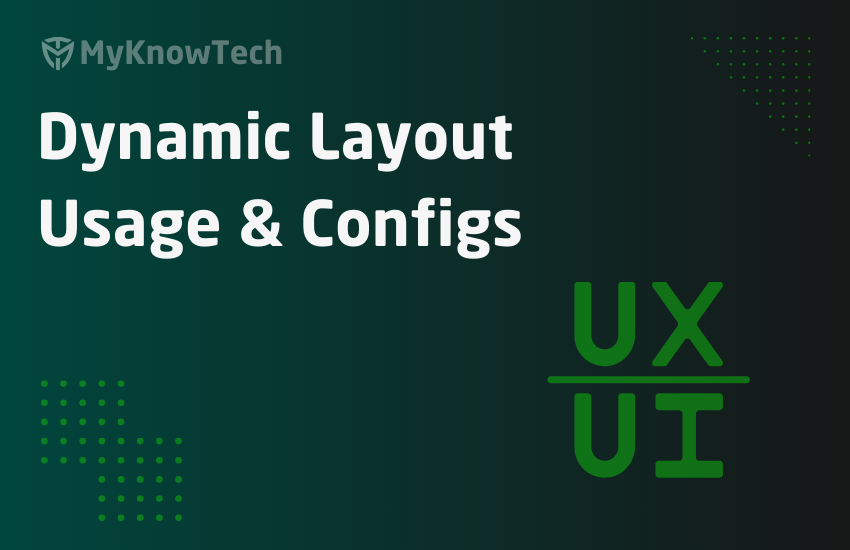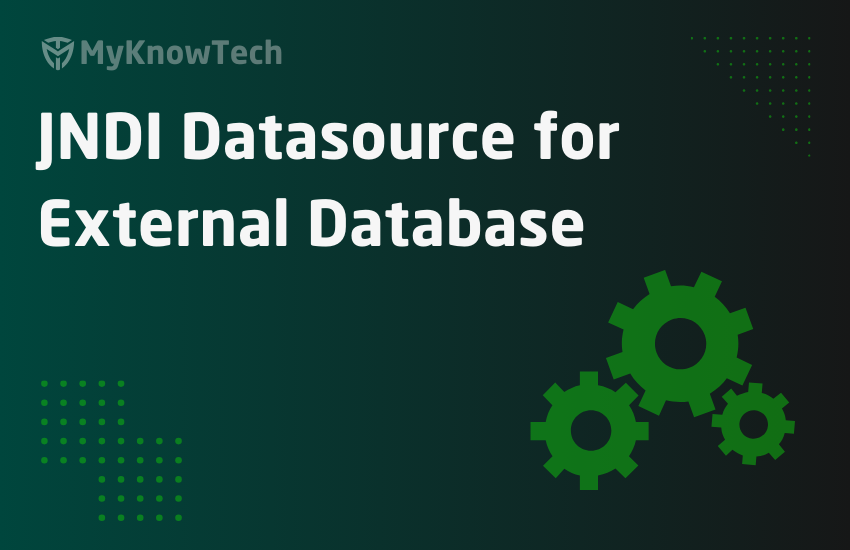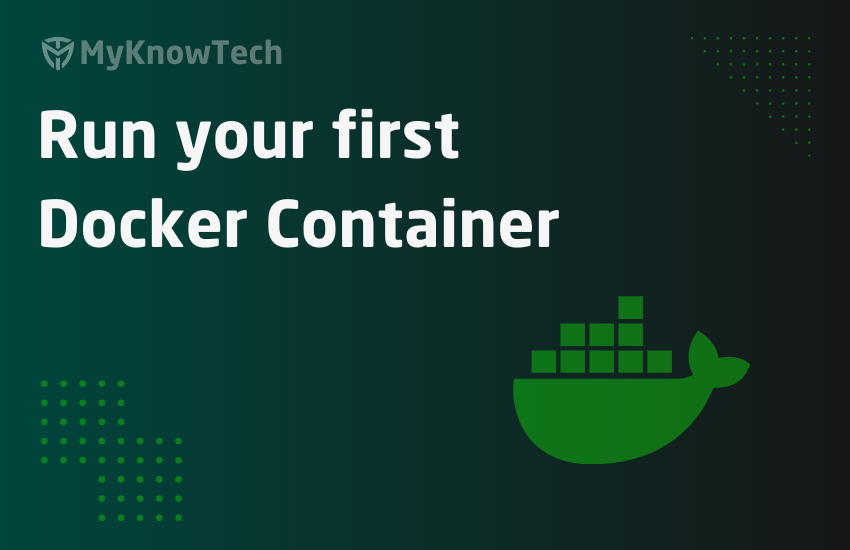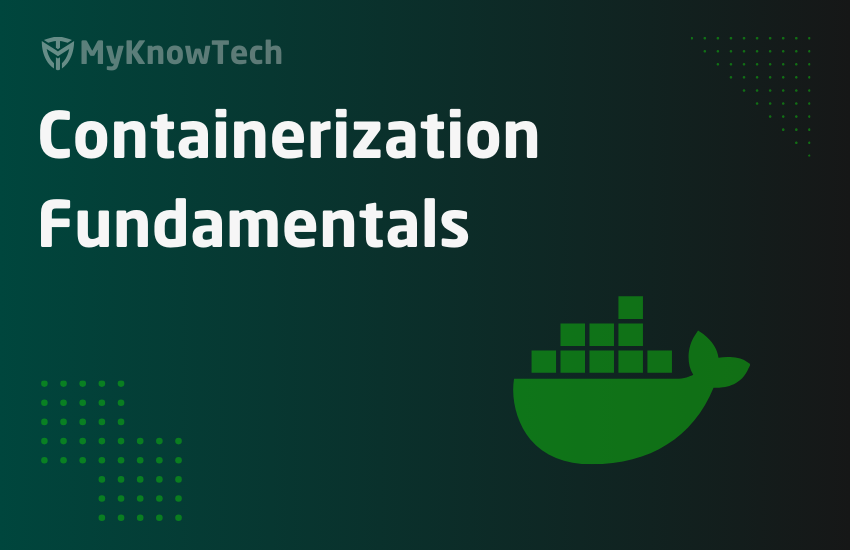In this blog article, we will focus on the HTML content part of the Pega application, specifically on the dynamic layouts, which is one of the most commonly used layouts in the section configuration. Consider any application/website built over any programming language. The key building blocks on high level will be HTML + CSS + […]
Application settings – Usage & Configurations in Pega
In this blog article, we will see how we can use the application settings rule in pega. Application settings rule was introduced in Pega 8.3 version. In the previous releases, application settings were called the rule system settings. Please visit my previous blog article, to understand more about the system settings. What is an Application […]
Add JNDI Datasource for External Database Connection
In this blog article, we will see how we can add a JNDI datasource and also create a new Pega database instance using the JNDI datasource to connect to the external database. This tutorial is demonstrated using Pega 8.5.1 personal edition. Okay, first let’s look into the out-of-the-box pega database instances. Records -> SysAdmin -> […]
Understand Log4j2 and Create Custom Appender
In this blog article, we will see how Pega uses the Apache Log4j2 library logging features, and also we will create our own custom appender or a custom log file. This tutorial is demonstrated using Pega 8.5.1 personal edition. As a Pega developer / Architect, we always tend to look into the log files for […]
History writes and case auditing in Pega
In this blog article, we will see how case history can be added for auditing purpose. We will also add auditing on field level to track the changes in any case specific values. Audit trail gives a good picture of the case life cycle. We can track back what happened within the case from the […]
Docker – Part 4 – Run Pega as a docker container
This is the final blog article on Docker series, where we will see how we can run a Pega docker container. I strongly recommend you go through all the 3 previous articles on Docker for better understanding. If you are a docker expert, then no need 😉 https://myknowtech.com/tag/docker All the commands in this post can […]
Docker – Part 3 – Run your first container
In this blog article, we will start with Docker architecture, docker objects and we will also run a simple docker container. It is recommended to go through the previous blog articles in order for a better understanding. https://myknowtech.com/tag/docker Tip: Since copy/paste is not possible in this post, I documented the shell commands in the following […]
Flow rule in Pega – Usage and Configurations
In this blog article, we will understand about the different configurations in a flow rule. Keeping the expectations, we will not look into different flow shapes in this blog article. We will discuss all other flow configurations except the different shapes 😊 I would recommend you to visit my previous blog article on Case Manage […]
Docker – Part 1 – Containerisation Fundamentals
This is the first blog article in the Docker series. Here we will talk about some basic containerisation terminologies. What is containerisation? Is the process of packaging applications with the source code and all its dependencies. The containerised application should be able to run on any environment or infrastructure – In any physical machine, in […]
Job Scheduler – Usage & Configurations
In this blog article, we will see all the configurations for the Job scheduler rule and how to replace an advanced agent with Job scheduler. What is Job Scheduler? As the name implies it is used to schedule jobs. Job scheduler got introduced on Pega infinity (Pega 8) release and set to replace the advanced […]










